Bob Woolmer’s death: ‘An event almost beyond comprehension’
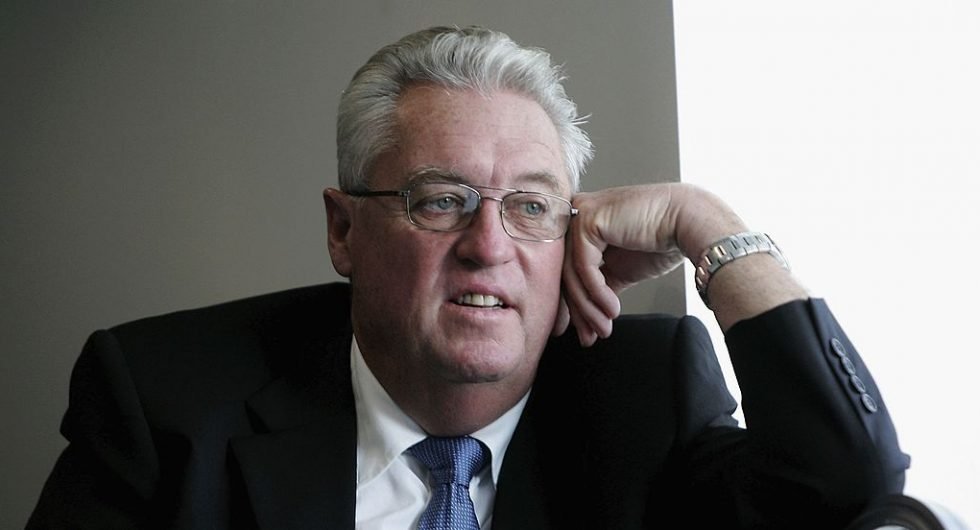
The death of Bob Woolmer at the 2007 World Cup in the Caribbean shocked cricket and left a pall over the tournament. The night of his death – and the wild rumours that followed it – were examined in depth in the 2008 Wisden Cricketers’ Almanack.
His mood was sombre as he ordered lasagne and apple pie with ice cream from room service on the evening of March 17. Bob Woolmer sat alone and, according to Deirdre Harvey, the waitress who brought him his last meal, looked desperately sad. “His eyes were red, like somebody who had been crying,” she said later.
Woolmer knew all about cricketing disappointment. In his time as coach at Warwickshire, with South Africa through the Hansie Cronje years, and now at Pakistan, the most mercurial team of all, he had seen just about everything. But only South Africa being knocked out by Australia in the 1999 World Cup semi-final compared with losing to Ireland, and with it early elimination for one of the favourites, at the World Cup in 2007.
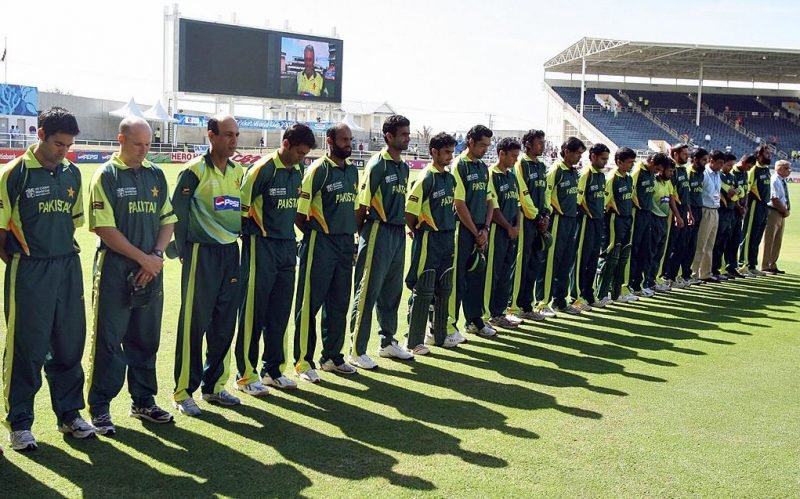
Pakistan observe a minute of silence in remembrance of Woolmer, March 21, 2007
On the streets of Multan, Inzamam-ul-Haq’s home city, they were already burning effigies of him and chanting “Death to Woolmer”. At the post-match press conference at Sabina Park in Kingston, Woolmer had been asked: “Are you going to resign?” He replied: “I’d like to sleep on that one.” He answered each probing question with his usual courtesy, making sure he praised the ICC development programme – which he himself had pioneered with the very object of bringing Associate Members up to the standard of the Test-playing nations.
Then, in what was to be his last interview, he all but told Alison Mitchell of BBC Radio that he was finished as Pakistan coach. “I asked him if he had made up his mind to go,” she said. “He gave me a half-smile and nod, but clearly he wanted to play it by the book. Bob did not look like a man who was unduly stressed. And he didn’t appear ill. I remember thinking, ‘this man has got the patience of a saint’ during the main press conference. He was so helpful to everybody.”
Woolmer retreated to his room, number 374, at the end of a musty corridor on the 12th floor of the Pegasus Hotel, a 17-storey skyscraper with 300 rooms in what passes for a luxurious area of Kingston. Next door was Danish Kaneria, Pakistan’s spin bowler and, as the only Hindu in a team of Muslims, something of a man apart himself. Across the corridor was the room of Brian Lara, one of the greatest players the game has known, now coming to the end of his West Indian career.
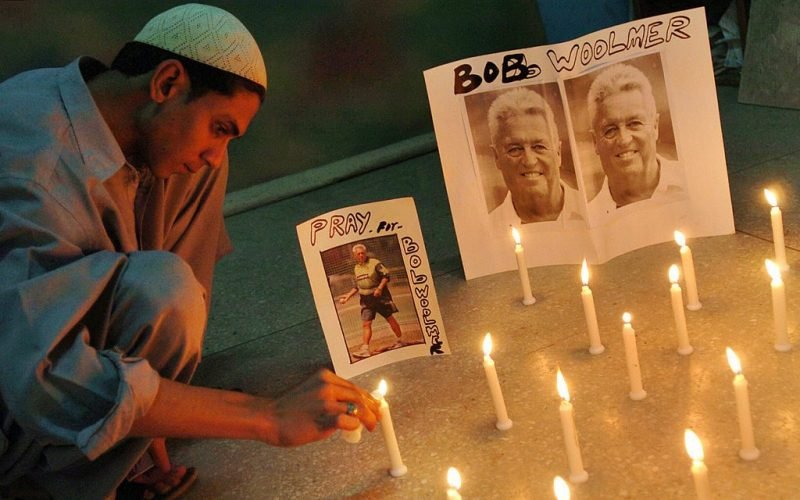
A Pakistan cricket fan lights candles to pay tribute to Bob Woolmer
The tired old hotel was alive with the cricketing community, but for Pakistan there was simply despair. The trip back to the hotel had been made in virtual silence – no rows, no recriminations. The only sound that could be heard, according to the bus driver Bertram Carr, came from Woolmer:
“He was coughing all the way back to the hotel,” said Carr. After they arrived back at the Pegasus, as the Ireland team decamped to Ocho Rios for the mother and father of all St Patrick’s Day celebrations, the Pakistanis went their separate ways, mainly to their rooms. Woolmer had a drink in the bar with Ian Gould, once a county opponent, now an umpire, then retired alone upstairs.
Room 374 was just like hundreds of others Woolmer would have known in his globe-trotting career. Functional, in need of a lick of paint, but perfectly comfortable. In it were two bottles of champagne purchased by a Pakistan fan at Heathrow airport en route to Jamaica and given to Woolmer, something of a wine buff, by his assistant coach Mushtaq Ahmed. One bottle was later found empty, the other with the seal unbroken. The lasagne, half-eaten, was found on a tray outside his room. Woolmer, as was his wont, struggled to rest. A large man, he had recently been diagnosed with diabetes. It was later discovered that his heart weighed an abnormally heavy 520 grams, with an enlarged left ventricle and a distinct narrowing of the coronary arteries: three-quarters of diabetics die of heart attacks. He also suffered from sleep apnoea, which meant he would stop breathing in his sleep unless he wore a mask attached to a machine that kept his air passages open.
As a coach Woolmer was always at the forefront of technology. He was a disciple of the laptop and modern coaching methods before they were fashionable. His computer was constantly at his side and, as he wrestled with his thoughts and contemplated, at 58, the end of a coaching appointment that his wife Gill told friends she had never wanted him to take, he decided to surf the net and send some emails, his favourite form of communication. A computer expert who later analysed the laptop found that Woolmer also talked online with a friend who was running a sustainable-development project in South Africa.
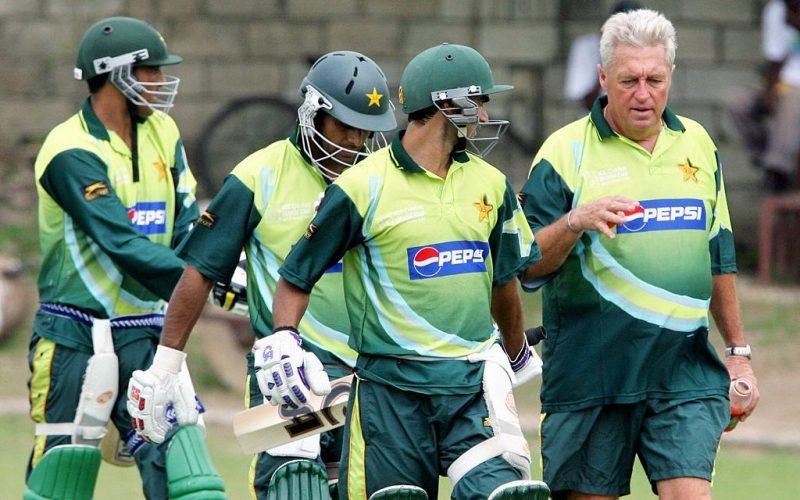
Bob Woolmer in conversation with Pakistan top-order batsman Imran Nazir during the 2007 World Cup
At 8.12pm local time, Woolmer sent an email to Gill, who was home in Cape Town. “Hi darling,” it started, “feeling a little depressed currently as you might imagine. I am not sure which is worse, being knocked out in the semi-final at Edgbaston or now in the first round. Our batting performance was abysmal and my worst fears were realised. I could tell the players were for some reason not able to fire themselves up.” He went on to say that he was glad he did not have to travel to Guyana, and was looking forward to seeing his family again. “I hope your day was better but I doubt it as you were probably watching. Not much more to add I’m afraid but I still love you lots.”
Fourteen hours and 18 minutes after pressing the send button on his computer Woolmer was found dead in that Kingston hotel room, discovered slumped in the bathroom by a maid after being conspicuous by his absence from breakfast the following morning.
Here was an event almost beyond comprehension: the World Cup in the West Indies was supposed to be a carnival of all that was good in the game. Now it would take on a completely different dimension. The cricket was quickly forgotten, and instead the World Cup became an investigation into the untimely death of one of the game’s famous figures.
At first everybody assumed Woolmer had died of natural causes. Aside from his health problems, there was the stress of coaching Pakistan at a time that included the forfeiture of a Test at The Oval in a ball-tampering scandal and a drug-taking controversy involving Shoaib Akhtar and Mohammad Asif – surely a heart attack had to be the most probable cause?
Yet, as the cricket community grieved, a much more disturbing, menacing scenario was emerging. By the Tuesday after the Sunday when Woolmer suffered the most lonely of deaths, a post-mortem had proved inconclusive, and Jamaican police announced that his death was being treated as suspicious. By the Thursday, March 22, a Jamaican journalist by the name of Rohan Powell sensationally claimed on television that Woolmer had been strangled. That very day police launched a murder investigation. “The pathologist’s report states that Mr Woolmer’s death was due to asphyxiation as a result of manual strangulation,” said Karl Angell, a police spokesman. “In these circumstances the matter is now being treated by the police as murder.”
But why? Why would anyone want to kill such a respected figure? Those well versed in the darker side of the game would quickly say why. The spectre of match-fixing has been the biggest threat to cricket’s future ever since its existence was uncovered in the mid-1990s. Woolmer had been coach of South Africa during the years when it emerged that Cronje had sold the game out by becoming involved with bookmakers. Now he was the coach of a nation that had been closely connected to a phenomenon that struck at the very heart of sport. Sarfraz Nawaz is regarded as a maverick, an eccentric: but the cricket community, at least on this occasion, had to take notice of the former Pakistan bowler and ex-member of the Punjab Assembly when he said Woolmer had been killed by the “matchfixing mafia”.
While ICC officials were debating whether the World Cup should continue, a central figure entered the drama, the public face of the murder investigation. A man who was to take enthusiastically to the spotlight. His name was Mark Shields, 48, described as a former Scotland Yard “high flyer” whose globe-trotting police career had taken in working against the Russian mafia, Swiss money-launderers and the IRA. The truth about his career was actually a little more prosaic, and Shields had spent much of his time not at Scotland Yard but with the City of London police. Now he was deputy commissioner of the Jamaican police in Kingston – which has one of the highest murder rates in the world – far away from fraud and financial crimes.
It was known that Woolmer was working on two books, one a coaching manual with Tim Noakes, a South African sports scientist, and the other an updated version of his autobiography, with his friend Ivo Tennant, a Times journalist. Could he have been about to lift the lid on match-fixing, having been involved with Cronje and in the murky world of Pakistani cricket? And could he have been silenced before he had the chance to do so? No, said Noakes. No, said Tennant. “We hadn’t discussed including match-fixing, and I don’t think we were going to,” continued Tennant. “I am convinced Bob knew nothing about what Hansie was up to.”
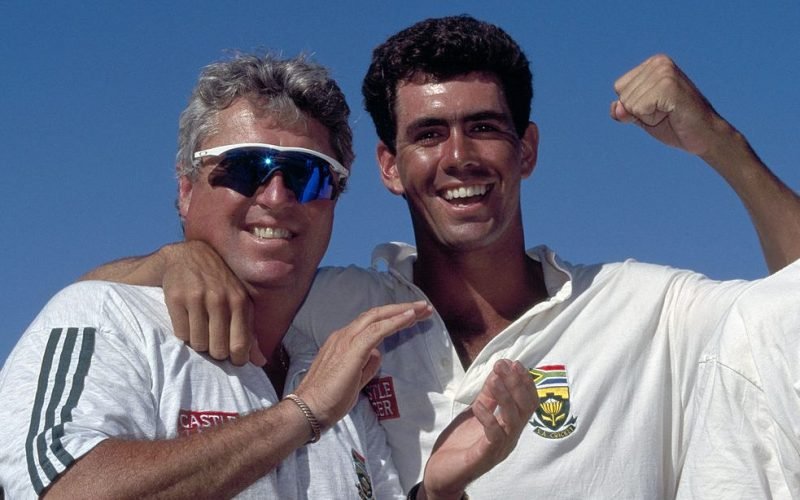
Bob Woolmer with Hansie Cronje during his coaching stint with South Africa
Could Woolmer have been thinking, however, about a third book, specifically about his time in Pakistani cricket? And could it have been news of that which got back to very dangerous ears? Edward Craig, deputy editor of The Wisden Cricketer, said that Woolmer was “pretty excited about doing a book on Pakistan because there was some pretty interesting stuff that he was going to write. There were drug allegations, there were ball-tampering allegations. There were also religious differences in that side.” Osman Samiuddin, the Pakistan editor of Cricinfo, said that Woolmer had asked for his help in covering what he described as “probably one of the more interesting periods of my cricket career”. Samiuddin said he had received an email from Woolmer saying that he would only begin on that project after the World Cup. “I believe the story is worth telling,” the email continued, “and has to be told in the correct way.”
Allan Donald, a friend and colleague of Woolmer’s, passionately called for the World Cup to be cancelled immediately. Others eloquently put into words what so many were thinking: how can the “festival of cricket” carry on at such a time? In the end it did, as the show always must, as a tribute to Bob Woolmer. Sadly, it provided little cricketing drama and joie de vivre in his name.
Shields, meanwhile, came galloping to the fore. Theories were everywhere, all of them chilling and barely comprehensible. If Woolmer was the victim of gangsters, this might explain why there were no obvious signs of injury. Was he forced into the bathroom and strangled with the aid of a towel to cover up thumbprints or the burn marks that a ligature would have left? Or was he first rendered helpless, possibly with chloroform or with drugs in his food?
Match-fixing was never far away from anyone’s thoughts. It was not just as simple as Pakistani players “throwing” their game against Ireland, it was said. Sarfraz, ever one for a conspiracy theory, claimed that Pakistan fixed their earlier defeat against West Indies, thinking it would still be easy for them to progress to the second round by beating Ireland and Zimbabwe, only the ploy went terribly wrong when they found themselves up against a highly motivated Irish side. “I feel that he was bumped off,” said Sarfraz, suddenly in danger of being vindicated for his often outrageous views. “It was the betting mafia. Bob must have seen how the Pakistan team went about its business. You could see it from their body language that something was amiss.”
It was also pointed out that Pakistan were 20-1 on with bookmakers to beat Ireland, who were 8-1 outsiders. Closed-circuit television footage taken from the 12th-floor corridor was converted from analogue to digital. Inzamam-ul-Haq, Mushtaq Ahmed and manager Talat Ali were interviewed for a second time. Shields appeared to have no doubts now that there had been foul play: “It would take some force because Bob was a large man and therefore it would have taken some significant force to subdue him and cause strangulation,” he said. “One or more people could be involved in this murder.” A day later, on March 23, it was reported that Dr Naseem Ashraf, the chairman of the Pakistan Cricket Board, had received an email sent by Woolmer in the early hours of his final morning, but its authenticity was never proved.
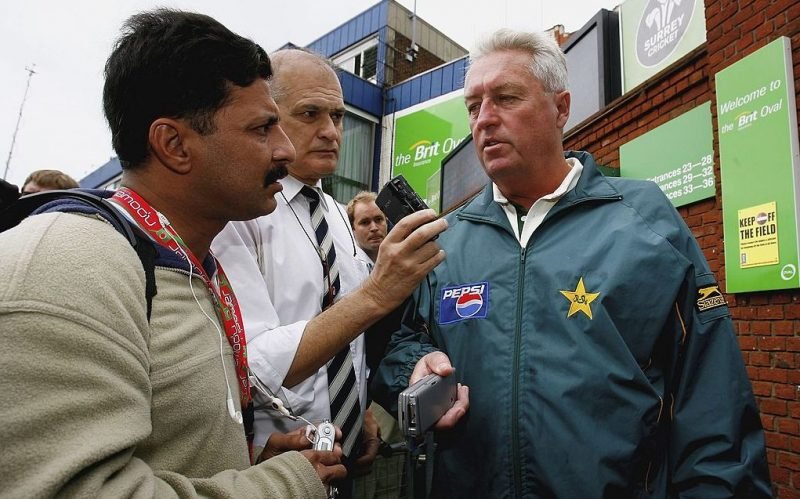
Bob Woolmer talks to the press after Pakistan forfeited the fourth Test at The Oval in August 2006
While Shields remained convinced, for now, that Woolmer was killed by “manual strangulation”, allegations surfaced in the Jamaican media early in April claiming the toxicology report stated that samples taken from Woolmer’s blood, stomach and urine had shown the presence of a foreign substance. An unnamed government source said this was poison. CCTV footage was sent to Scotland Yard for further analysis. A BBC TV investigation claimed that the toxicology report did indeed prove Woolmer was drugged and poisoned with a herb called aconite. Mercifully, Woolmer’s body was finally released by the Jamaican authorities and his family were at last able to take him back to South Africa, where he was cremated in a private ceremony near Cape Town.
As time went on, however, the plot either thickened or thinned, depending on your point of view. Shields went unusually quiet. There were whispers that all was not quite as we had imagined. By May 20 police were privately admitting that their pathologist was wrong.
In any event, by June 4, the central figure in this plot had become the Indian-born pathologist Dr Ere Seshaiah, a man who had been kept very busy for 12 years conducting investigations into murders in Kingston. Seshaiah claimed to have graduated with an MD in India before becoming a forensic pathologist in Jamaica in 1995. Before being appointed chief state pathologist, he would normally have had to acquire a postgraduate degree, publish papers and become a fellow of various pathology institutions, but by his own admission he had never taken an exam in forensic pathology since graduation.
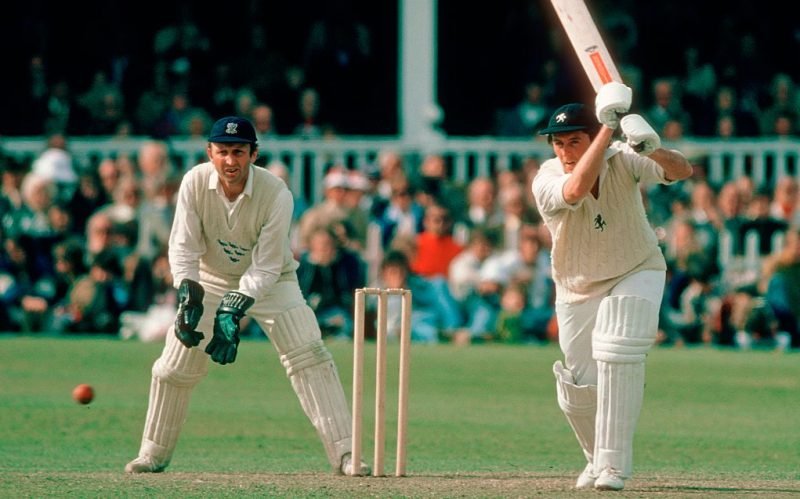
Bob Woolmer batting for Kent during the Benson and Hedges Cup quarter-final against Sussex in June 1977
Shields started to backtrack. “Usually we investigate a murder and we look for suspects, but on this occasion, because of the lack of evidence to support the pathologist, what we’ve done is gone out to prove it is not a murder,” he said. “We have to go with what the pathologist gives, and if we’d ignored it and it had turned out to be true I would have been lambasted for not treating it seriously.” On June 12 the Jamaica Constabulary Force “confirmed” that Woolmer had died of natural causes. Three independent pathologists, they said, had come to this conclusion. Lucius Thomas, the police commissioner, added that in further toxicology tests “no substance was found to indicate that he was poisoned”.
Seshaiah became an isolated figure, his work severely criticised by three international pathologists. “I am sticking to my findings,” he said. “He was murdered. This is not a first for me. I have been doing autopsies in Jamaica since 1995.” But Seshaiah did not seem so sure during the six-week inquest in October and November 2007. In his original report he stated that the hyoid bone in Woolmer’s neck was broken. But during the inquest Seshaiah admitted to getting his original findings wrong. The hyoid bone was not broken after all. According to one of the independent pathologists, Dr Michael Pollanen of Canada, it is “extremely rare” for anyone to be strangled without the hyoid bone being broken. He and the other pathologists, Nathaniel Cary from Britain and Lorna Martin from South Africa, criticised Seshaiah’s methods as well as his findings. The bleeding in Woolmer’s neck which Seshaiah claimed was evidence of strangulation was more likely to have been caused by Seshaiah himself (artifactual or Prinsloo-Gordon haemorrhaging).
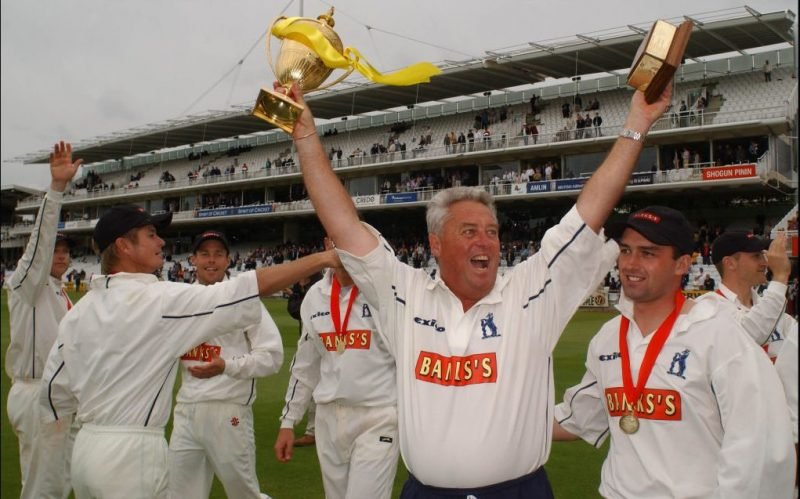
Bob Woolmer celebrates after Warwickshire’s victory in the Benson and Hedges Cup final at Lord’s in June 2002
In the witness stand Seshaiah changed his verdict to “asphyxia secondary to manual strangulation in association with cypermethrin poisoning”. Then he went on to admit that he did not know how much cypermethrin – an insecticide – was in Woolmer’s system. Another expert, Fitzmore Coates, a senior forensic officer of the Jamaican government-run laboratory, claimed the amount of it in a sample of Woolmer’s stomach contents was “significant”. Yet the 3.402mg/ml he found was about a third of what is recognised as the maximum safe daily intake of 10mg/ml.
The inquest was headed by coroner Patrick Murphy, the son of an Irish father who served in the Jamaican police force. The young Murphy became a lawyer in Britain before he returned to Jamaica to become a magistrate in 1990. Now he was the coroner in a high-profile inquiry where his deliberate methods were to become features of the case. Murphy recorded each testimony in long-hand despite the presence of two stenographers, and repeatedly told witnesses they were speaking too fast.
He was joined in his deliberations by 11 local people, the jury which Jamaican law necessitates for inquests. Together they had to decide what happened to Bob Woolmer in room 374 of the Pegasus Hotel in the early hours of March 18. By this time Shields, one of 57 witnesses to give evidence, had no doubt that Woolmer had died of natural causes. He said so with complete conviction during his six days of evidence to the inquest.
Woolmer’s body had been found slumped against the bathroom door with his back against it: impossible for anyone to have strangled him then got out. The jury also heard John Slaughter of the Forensic Science Service in London testify that he found no cypermethrin in a blood sample taken from Woolmer. And they heard Professor Tara Dasgupta of the University of West Indies Pesticide Research Unit, who conducted an independent test, confirm that there were no traces of any poison in his findings.
The alternative view came from Kent Pantry, Jamaica’s Director of Public Prosecutions, who attacked the international pathologists, Slaughter, Shields and others who believed that Woolmer had died from natural causes. He was one man who remained convinced it was murder. But then, you might say, he would. A lot of convicted prisoners in Jamaica would start appealing against their sentences if the chief pathologist was exposed as unreliable.
At the end Murphy told the jury that they could return several possible verdicts, including murder, manslaughter, death by natural causes, unlawful killing, suicide, accident or misadventure. They chose none of them. Instead, after hours of deliberation, they returned an open verdict, the foreman of the jury later telling the local Gleaner newspaper that there were far too many inconsistencies to say definitely whether Woolmer was murdered or died from natural causes.
It was, in many ways, the worst possible verdict. Because it means we just do not know. After eight months of drama, intense scrutiny and pain, the question remained of whether Bob Woolmer had his life taken from him or simply succumbed naturally to the stresses inherent in his very demanding job.
At least Gill Woolmer and her two sons have found some sort of peace. Shortly after Christmas, speaking from Cape Town, she said: “Having studied all the evidence available to us, my boys and I are completely satisfied that Bob died of natural causes. I am not surprised that the inquest returned an open verdict because of the earlier uncertainty, but Mark Shields and the Jamaican police have been fantastic and have done everything for us they possibly could.”

